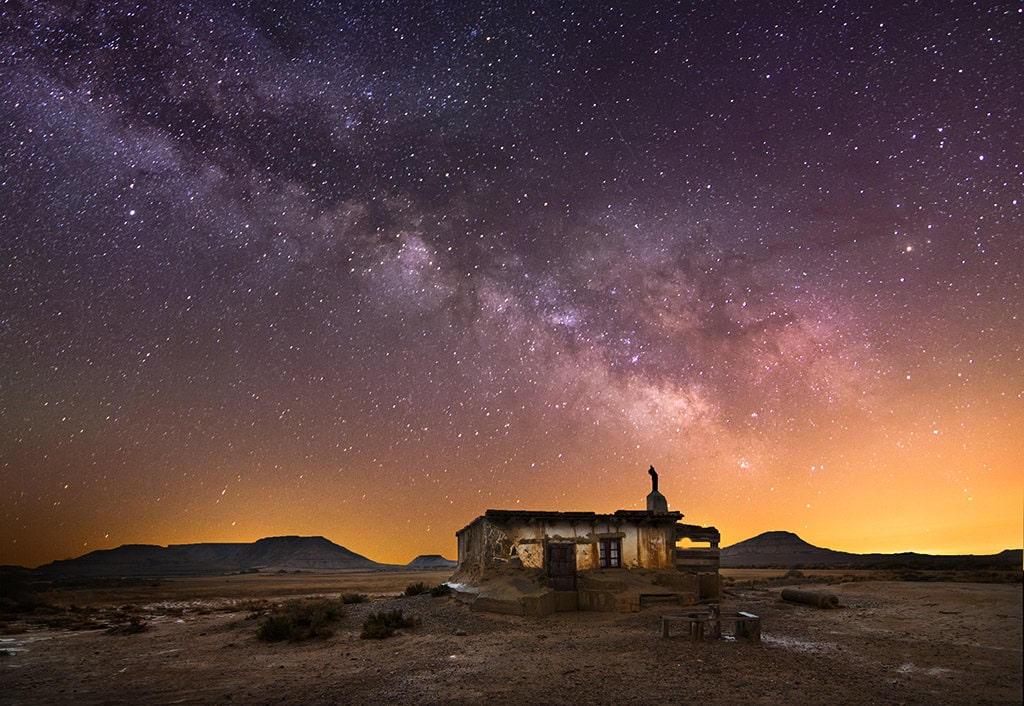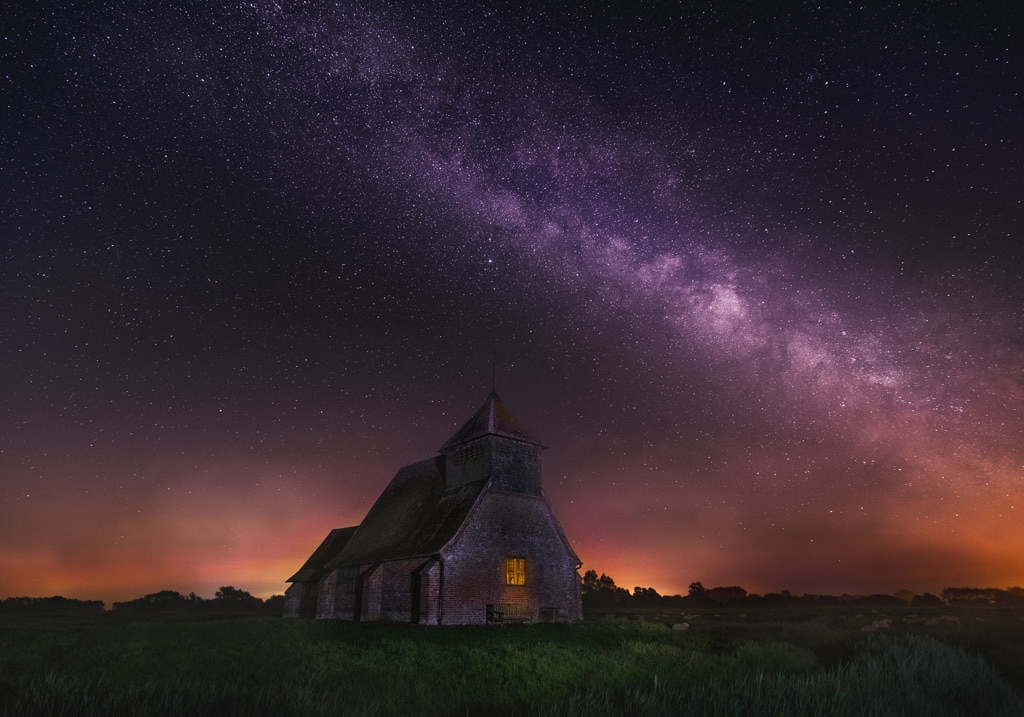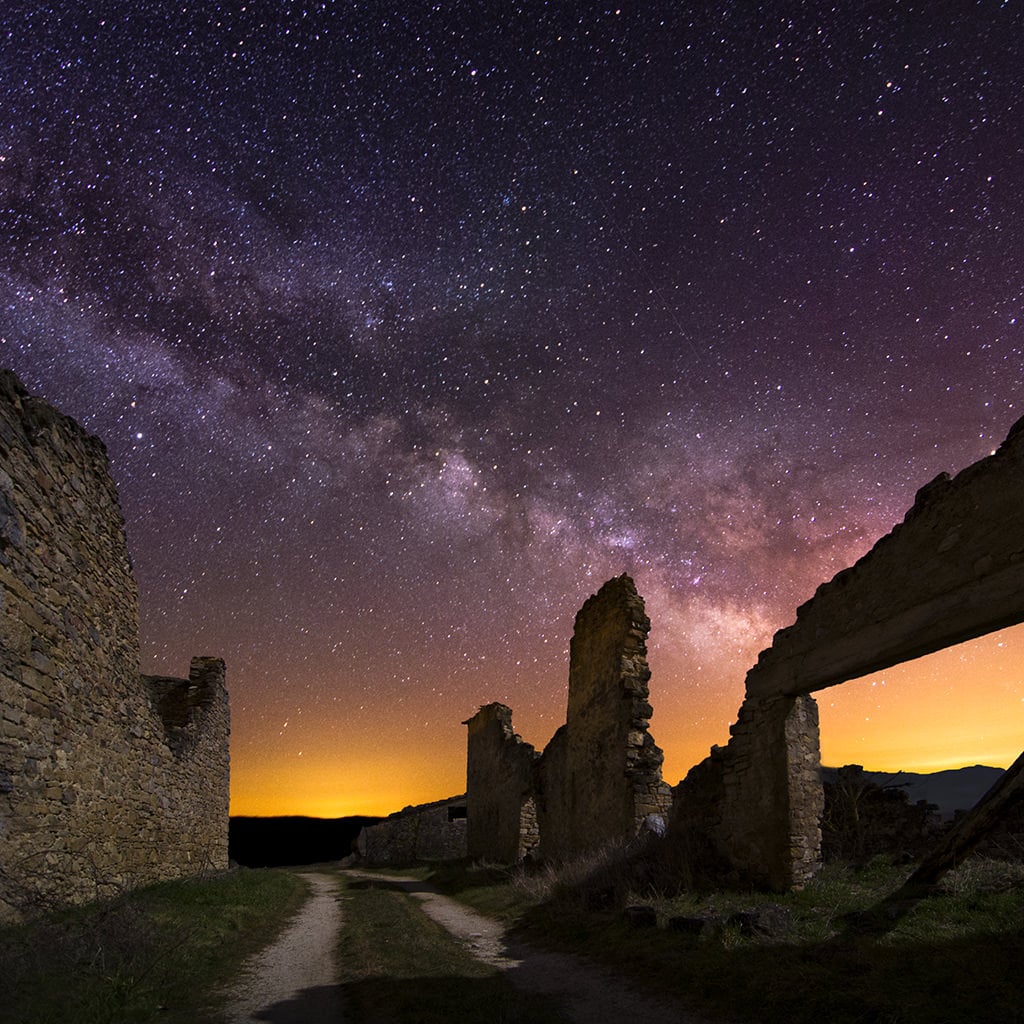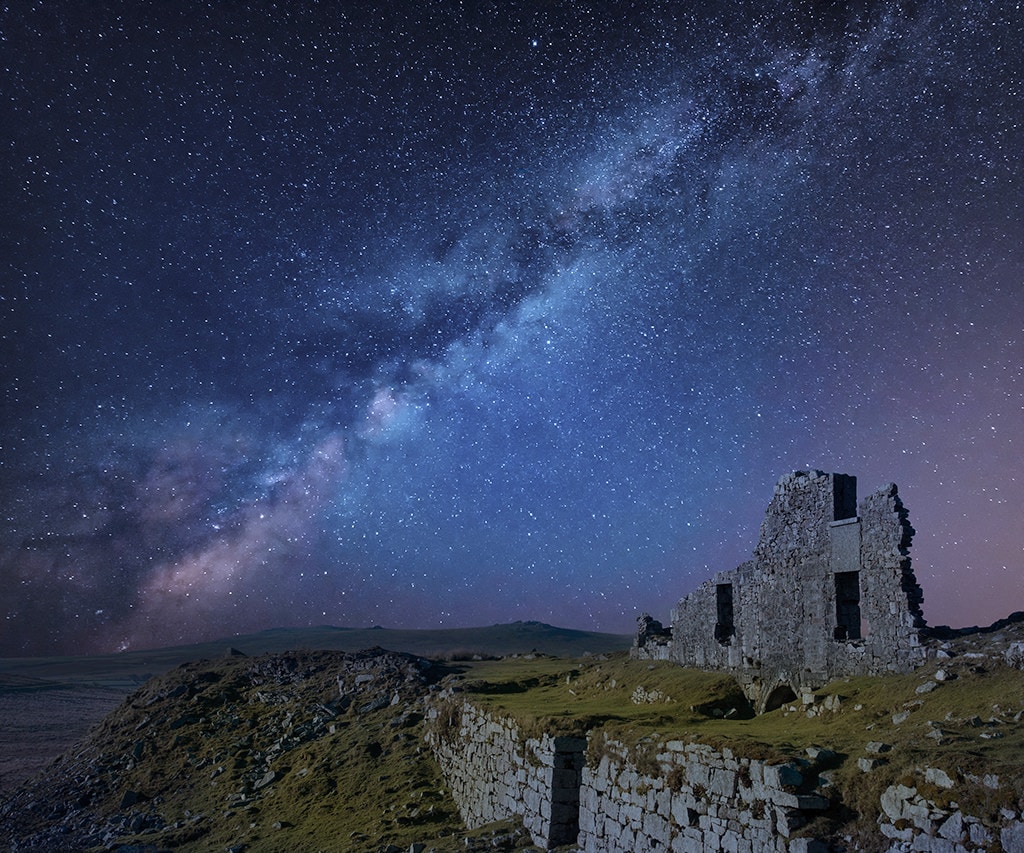Do you need to know the finest night time pictures settings for wonderful photographs? Do you need to seize gorgeous pictures at night time?
You’ve come to the proper place.

On this article, I’m going to let you know
all the pieces you must find out about settings for night time pictures:
What settings to decide on, why it is best to select them, and the way you should use the identical settings to constantly seize beautiful night time photographs.
As a result of right here’s the factor:
Choosing the proper settings for night time captures is absolutely, very easy. You’re working with a lot of restrictions, and also you’re working with comparable situations night time after night time.
This implies which you could simply work out the optimum settings and use them repeatedly with out worrying about issues comparable to altering mild or monitoring fast-moving topics.
Make sense?
In different phrases:
When you’ve completed this text, you’ll know
precisely what your night time pictures settings ought to be–earlier than you even decide up
your digicam.
Let’s dive proper in.
Evening Pictures Settings
Under are the settings I exploit most frequently when capturing the night time sky:
- Focal Size: 10-20mm vary
- Focus Settings: handbook focus set to infinity
- Aperture: not less than f/2.8 or sooner
- Shutter Pace: round 20 to 30 seconds
- ISO: begin with ISO 3200
- Shoot RAW
Now, let’s do a deep dive and canopy every parameter intimately.
1. Focal Size
While you’re capturing skies at night time, you’re
going to want a large lens.
In spite of everything, the sky is huge, and also you usually need
to incorporate as a lot of it as doable.
Plus, wider lenses mean you can use longer
shutter speeds with out producing blurry stars.
Subsequently, lenses within the 10mm to 20mm focal
size vary are finest, with wider typically performing higher.
In my case, I’ve a specialty lens devoted to photographing the night time sky – Rokinon 12mm f/2. It’s a compact lens designed explicitly for crop (APS-C) cameras. It has an efficient subject of view on 18mm (12mm x 1.5 crop issue).

2. Focusing Settings
In case you’ve ever tried to make use of your digicam’s
autofocus in the dead of night, you’ll know that the AF simply doesn’t work. It’s made for
daytime, not night time.
Which is why it is best to by no means use your
digicam’s AF system at night time. As a substitute, it is best to swap your lens over to
handbook focus, and punctiliously focus to infinity.
Word that this isn’t at all times as simple as
turning the main target ring till it reaches the tip of its rotation. Some lenses
focus past infinity, which implies that pushing your lens to its most distant
focus will end in a mushy picture.
As a substitute, it is best to check out your lenses in daylight and make word of the purpose the place your lens reaches infinity.
In my case, I’ve a really simplified focusing routine. Since I’ve just one lens devoted to nighttime pictures, I do know precisely the place infinity is on it. However, to make sure the right shot every time, I made a small everlasting marker on the lens as a reminder.

3. Aperture Settings
Generally, you need to use the widest
aperture your lens permits. An f/2.8 aperture is an efficient place to begin, but when
your lens goes to f/2, f/1.8, or wider, then use these settings as an alternative.
Why?
As a result of everytime you shoot skies at night time,
you’re going to want to maintain your shutter pace as quick as doable.
(I’ll clarify why within the subsequent part.)
And so as to counterbalance the quick shutter pace and stop the shot from being too darkish, you will need to use a large aperture.
In my case, I wouldn’t have to consider aperture settings. After I shoot night time sky I at all times use the widest aperture of f/2.
4. Shutter Pace Settings
Whereas deciding on the proper night time pictures
settings is fairly simple, selecting your shutter pace generally is a bit extra
difficult.
It’s because you want a shutter pace
that’s quick.
Quick sufficient to forestall star blur, which is brought on by Earth rotating on its axis. Whereas movement within the stars will be fascinating in very lengthy exposures, it’s not often fascinating to seize a shot with a small quantity of motion.

On the identical time, you need to keep away from utilizing too-fast shutter pace, as a result of this can both
- a) trigger your shot to develop into underexposed, or
- b) power you to make use of the next ISO and threat producing a loud picture.
Word additionally that wider lenses are higher in a position to deal with blur as a result of the celebs seem smaller and are made up of fewer pixels on the sensor. Which means that any blur is much less noticeable with a 10mm lens in comparison with, say, a 500mm lens.
Therefore photographers invented a option to
decide the longest night time pictures shutter pace you will get away with:
The five hundred Rule for the Evening Sky
Right here’s how you identify what truly counts
as a great shutter pace for night time pictures:
You employ an outdated information, often called the 500 Rule, which states that it is best to
take your focal size and divide it out of 500.
This will provide you with your lengthiest shutter
pace with out star blur, the one which it is best to use to {photograph} the night time
sky.

So when you’re capturing with a 10mm lens, you
can divide 500 by 10 to get 50, or 50 seconds; in different phrases, you should use an
publicity of as much as 50s, however no increased, if you wish to stop blur within the stars.
- To make clear, on a full-frame digicam, you should use the components:
500/Focal Size - On an APS-C digicam you’ll have to account for the crop issue, providing you with a components of
500/(Focal Size x Crop Issue) - And on a Micro 4 Thirds digicam, you’ll additionally have to take the 2x crop issue under consideration, providing you with the components:
500/(Focal Size x 2)
That mentioned, given the high-resolution cameras and lenses obtainable right this moment, the five hundred Rule is a bit too lenient. As a substitute of utilizing the five hundred Rule, I want utilizing the 400 Rule – which shortens the allowable shutter speeds to forestall any noticeable blur.
For the 400 Rule, simply change the quantity ‘500’
to ‘400’ within the formulation above, and also you’ll be all set.
In my case, if I exploit the five hundred/(Focal Size x 1.5 (Crop Issue)) components for my 12mm lens, I get the next consequence: 500 / (12 x 1.5)=28 seconds.
However, I want to make use of the components nearer to 400 as an alternative of 500: 400 / (12 x 1.5)=22 seconds.
To summarize, after I shoot night time sky I at all times use aperture worth between 22-24 seconds.
5. ISO Setting
Relating to night time pictures, the one
setting you’ll want to vary on location is the ISO.
Begin by setting your ISO to 3200, then take a
check shot. Primarily based on the consequence, you might want to boost or decrease your ISO.
At most, it ought to take three photographs to
decide the right publicity, after which you may deal with capturing.
In my case, I at all times take the first check shot at ISO 3200. Subsequent, as an alternative of adjusting the ISO settings, I exploit publicity compensation. I exploit the entrance dial, which is custom-made on my Fujifilm digicam to publicity compensation, to fine-tune the ultimate ISO worth.

The Principal Problem of Evening
Pictures
I’ve talked quite a bit about the perfect settings for night time pictures–and by now it is best to see that it’s fairly simple to choose the right aperture, shutter pace, and even ISO.
However the chief wrestle of night time pictures
isn’t coping with settings.
It’s discovering a great composition.
As a result of at night time, it’s virtually unimaginable to see related composition parts comparable to main strains, curves, and fascinating shapes.
That’s why I like to recommend scouting throughout the day
and choosing a great composition upfront.
I at all times use my telephone for taking easy snaps when scouting areas throughout the day. It helps me to visualise the longer term night time photographs.

Evening Pictures Settings: Conclusion
Now that you just’ve completed this text, you
ought to know all about the perfect settings for night time pictures.
- You understand how to choose the widest doable focal size (one within the 10-20mm vary).
- You understand how to focus to infinity utilizing handbook focus.
- You understand how to choose the right aperture, which ought to be the widest choice obtainable to you (not less than f/2.8).
- You understand how to choose the right shutter pace, which ought to be the longest shutter pace you will get away with utilizing the 400 Rule (often round 20 to 30 seconds).
- And you know the way to decide on the perfect ISO by beginning at ISO 3200 and experimenting with a number of check photographs.
So now all that’s left…
…is to get out at night time and shoot!


